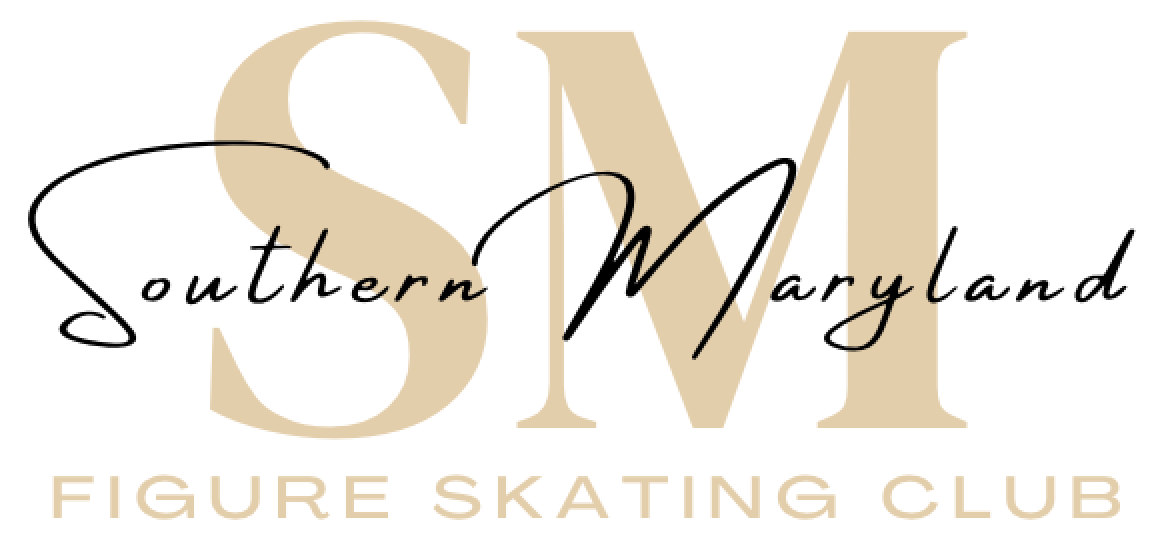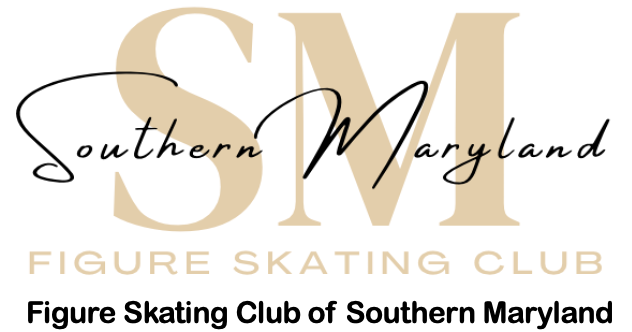Testing with U.S. Figure Skating (USFS)
The test structure is considered the foundation of U.S. Figure Skating (USFS). It determines a skater’s level for qualifying competitions and participation in other skill-based activities. Testing is required for USFS competitive skaters, but recreational skaters can also choose to test to challenge themselves and measure their skating abilities. There are both standard test levels and adult levels for skaters aged 21 and older.
Skaters may test in five different disciplines: moves in the field, free skate, pairs, ice dance, and solo dance.
Moves in the field consists of elements emphasizing basic skating skills, power, quickness, and edge control. The elements include patterns of turns, edges, spirals, and steps.
Both free skate and pairs require well-balanced elements of jumps, spins, and step sequences, usually performed to music. Before testing a specific free skate or pairs level, a skater must pass the corresponding moves in the field test.
Ice dance and solo dance require skaters to perform three to four set pattern dances per level. A skater must perform a free dance to test up a level.
As a skater advances through the levels, the tests become progressively more difficult. When a skater passes the final test in a given discipline, he or she earns the designation of U.S. Figure Skating Gold Medalist. Therefore, it is possible for a skater to earn the gold medalist designation in multiple disciplines. According to USFS, “on average, it takes skaters six years to pass their senior moves in the field test and eight years to pass the senior freestyle test.”
Tests allow skaters to demonstrate their skills and advance to the next level. Traditionally, test sessions were conducted in person. However, during COVID-19 many clubs began offering virtual testing through USFS’ new Virtual Judging of Tests.
Generally, in-person tests are hosted by a figure skating club, with skaters assigned specific times for their tests. Skaters are judged by panels of USFS officials and receive their results the same day.
Virtual tests can run similarly to in-person tests by scheduling skaters for specific test times but replacing the panel of officials with a videographer. Or the entire session can be virtual, with submissions uploaded through a system provided by the figure skating club and judged remotely. In the latter case, there is a delay in receiving testing results.
You can find test sessions by going to EntryEeze and selecting Find a Test Session. From there, you can enter your zip code to find the available test sessions closest to you.
References:
USFS. (n.d.). Test Structure. https://www.usfigureskating.org/skate/test-structure

